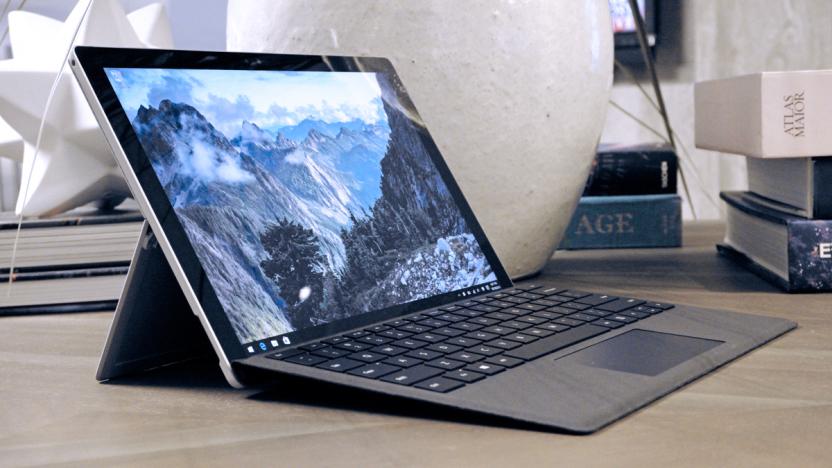wifisense
Latest

Windows 10 won't let you share WiFi passwords any more
Remember Microsoft's WiFi Sense? One of its cornerstones is the ability to share password-protected WiFi networks with contacts, saving them the hassle of logging in when they visit. Unfortunately, though, there weren't many people enamored with the idea. Microsoft has pulled WiFi Sense's contact sharing in its latest Windows 10 Insider preview build after noting that it wasn't worth the effort given "low usage and low demand." It'll remain intact on slower Insider builds and regular Windows 10 releases for now, but it should disappear for everyone when the Anniversary Update hits in the summer.

Windows Phone 8.1 will automatically sign in to trustworthy WiFi
Tired of having to slog through web portals on your Windows Phone just to sign on to a coffee shop's WiFi? That won't be a problem once Windows Phone 8.1 arrives. Its Wi-Fi Sense feature can automatically accept the terms of use for networks that are both free and trustworthy, getting you online much faster than usual. You also won't have to verbally share login details for your own WiFi network. You can securely share your router's password with contacts in Facebook, Outlook.com and Skype, giving friends an internet connection (but not full network access) without setting up a guest mode. If you're the sort who sometimes avoids WiFi because of the hassles involved, you may want to give Microsoft's mobile OS a closer look.

Creation adds sixth sense for WiFi hotspots
We know, there are (supposedly) folks out there with the ingrained ability to sense wireless networks without any mechanical assistance whatsoever, but considering that we can't all live next door to Kate Figes, the rest of us mere mortals need a bit of manmade aid. Enter the WiFi Heartbeat, a custom built sensor / vibration device that autonomously sniffs out WiFi signals, determines the signal strength, and sends a pulsing signal to you based on just how close the hotspot is. The creator states that all you'll need is a "microcontroller, some custom interface electronics, a small vibe motor, and an off-the-shelf WiFi detector," and if you've given mildly difficult DIY endeavors a go before, we can't imagine this one causing too much strife. For those of you still on the fence, be sure to hit the read link for all the details you'd need to craft your own, and click on through for the video demonstration.[Via MAKE]

